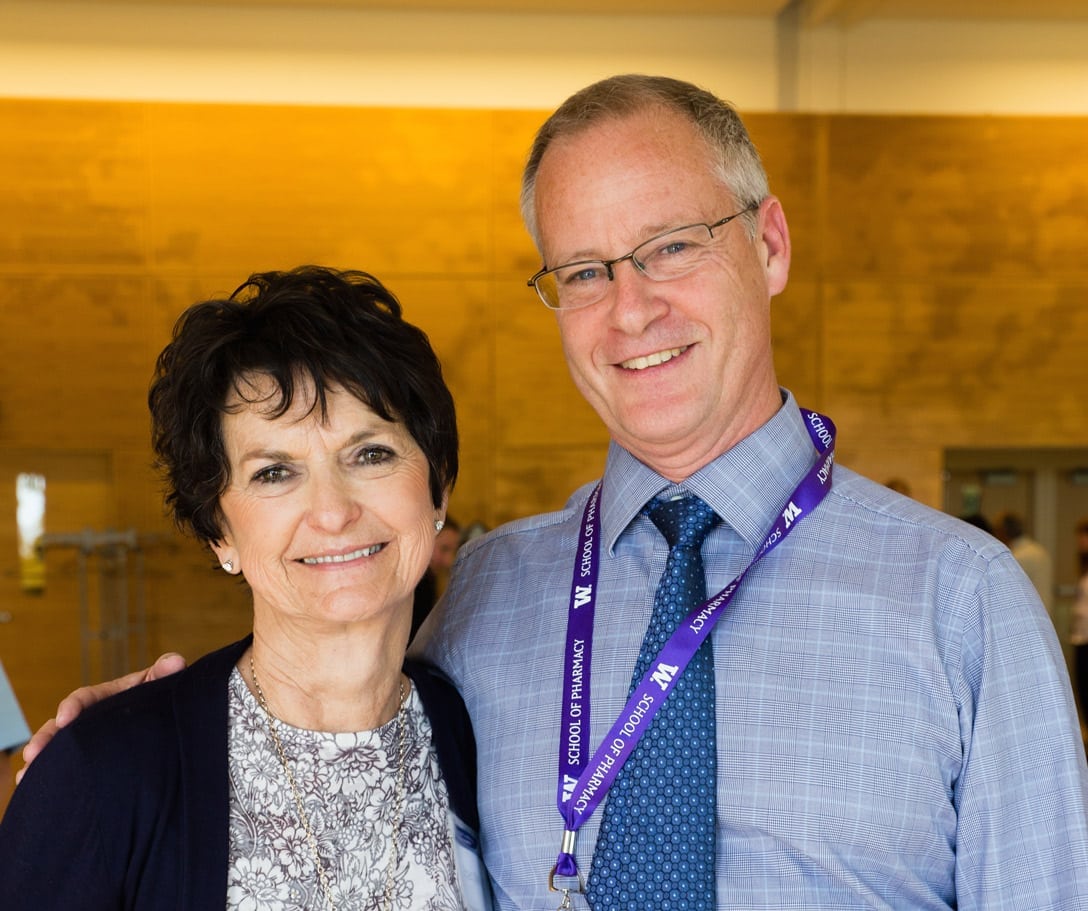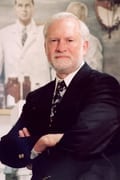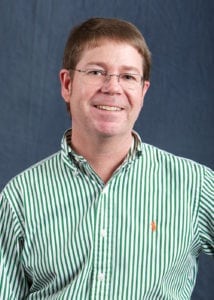
Busulfan is one of our oldest anticancer drugs. Today, it is often used to prepare a patient’s body for a bone marrow transplant (hematopoietic cell transplant [HCT]) to fight various cancers. Busulfan kills some of the patient’s blood cells to ensure the donor cells will be accepted.
But busulfan is toxic.
The work to mitigate that toxicity has become central in three labs across UWSOP—a collaboration that would have brought cheer to the late Dean Sid Nelson. “Sid was fascinated by the biological and toxicological implications of chemistry,” shared Bill Atkins.
“Busulfan is a ‘goldilocks’ drug. The dosing has to be just right.”
–Jeannine McCune, Professor of Pharmacy

The collaboration began when Pharmacy Professor Jeannine McCune reached out to Bill in Medicinal Chemistry. For twenty years, Jeannine has studied the effects of busulfan on HCT patients to improve its efficacy and lower its toxicity. “ She approached Bill about using metabolomics, a new field that characterizes the small molecule metabolites in biological systems. She asked him to look at the data because of his expertise in the protective molecule glutathione, an antioxidant. (Glutathione is important to busulfan because it is metabolized by the glutathione S-transferases.)
“Sid might have called it ‘strange chemistry.’ Normally when a toxic drug modifies a protein, the drug stays around which makes it toxic—but busulfan modified a protein and then disappeared. It’s really awesome! I kept wondering why no one had studied this before.”
–Bill Atkins, Sid Nelson Endowed Professor of Medicinal Chemistry

Bill saw the potential for novel protein modifications. In some classic cases, including examples studied by Sid, drugs or their metabolites are toxic because they stick on to proteins covalently. But with busulfan, it reacts with the proteins, changes them, and then disappears—having changed the chemical nature of the protein. “To my knowledge, it’s unprecedented,” said Bill.
Busulfan converts cysteines in proteins into dehydroalanine. These reactions also may have utility in protein engineering or nanotechnology. “If you could get other things to react with the dehydroalanine, you could expand how proteins are used—including application of functional probes, drugs, or targeting moieties.”
“Busulfan is a legacy drug, with a mechanism of action based on World War I chemical warfare agents, but it’s still a frontline drug in pediatric cancer therapy,”
— Ed Kelly, Associate Professor of Pharmaceutics

The collaboration has expanded. Understanding the toxicity of busulfan led Jeannine and Bill to Ed Kelly in Pharmaceutics, whose work with the organ on a chip project is making him a leader in Toxicology. Ed is working to create a liver on a chip that integrates vascular cells so they can start identifying pathways, proteomics, metabolomics, and chemistry, specifically for busulfan toxicity in this example.
Jeannine, Bill, and Yvonne Lin (Associate Professor in Pharmaceutics) have an ongoing NIH R01 grant trying to improve the efficacy and lower the toxicity of busulfan. The team is eager to continue this project which embodies the collaborative spirit and science that were hallmarks of Sid’s leadership.
Advance your career in research or pharmacy at the University of Washington!
Click on the links for more information about our Graduate Programs in Medicinal Chemistry, Pharmaceutics, Pharmaceutical Outcomes Research and Policy, and Biomedical Regulatory Affairs.